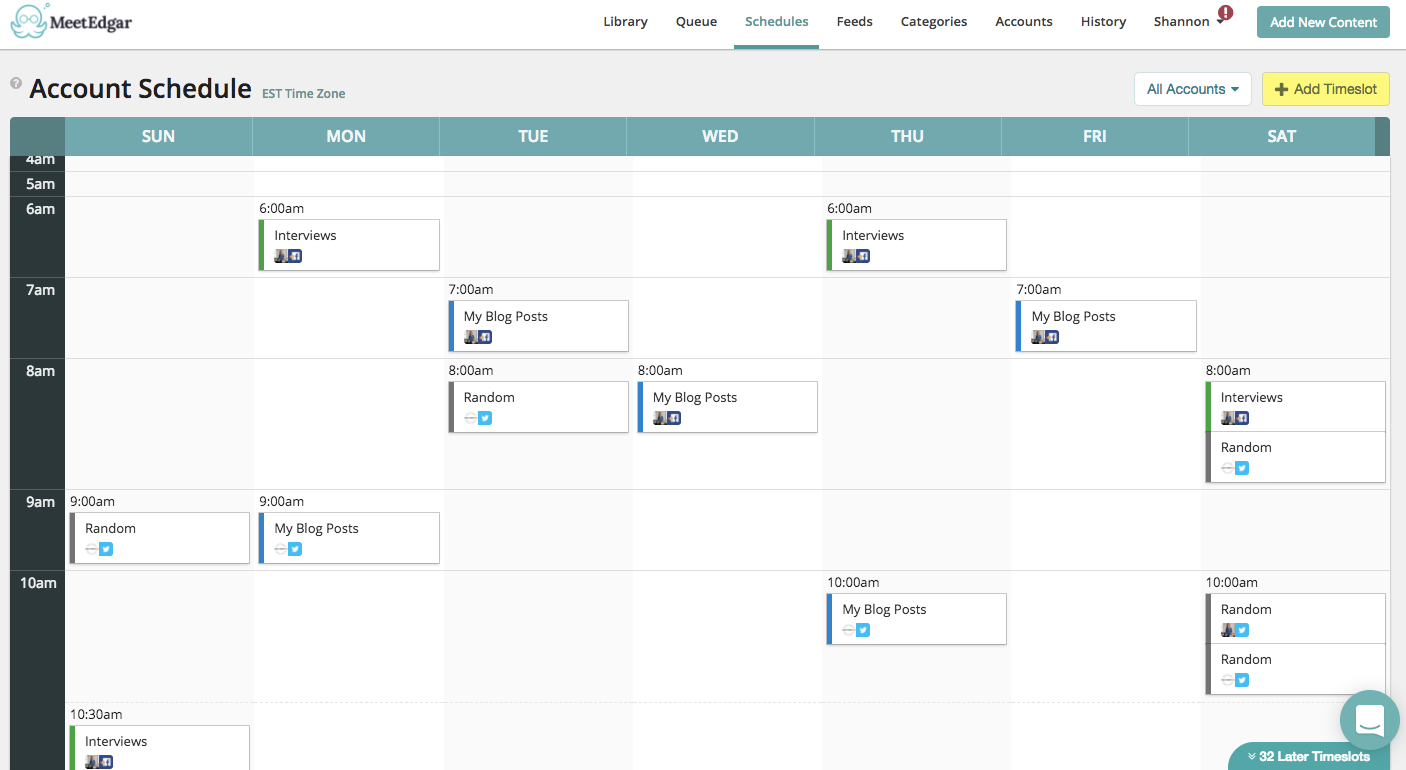To be a successful creator, designer or entrepreneur, you don’t need millions of dollars.
According to author Kevin Kelly, all you need is 1,000 true fans.
Are you familiar with this theory?
The idea is this:
If you have 1,000 true fans, and make $100 profit from each one every year, that’s enough money to sustain your creative work.
It’s not a fortune, but you get to spend your day doing what you love.
I recently recalled the “1,000 True Fans” theory that I read in 2012, and it got me thinking about how it applies to the fashion entrepreneurs that I talk to every day.
One of the biggest frustrations I hear from them is not being able to grow an audience fast enough.
“I only got 10 new Instagram followers this week.”
“I only have 50 email subscribers.”
“My Facebook post only got five ‘Likes.’”
For many of you, when you’re starting from zero, it probably seems impossible to get to 1,000.
The good news is, I don’t think you need 1,000 true fans.
To launch a fashion brand, you only need 100.
That’s it, “100 True Followers.”
Totally doable, right?
Most of you probably already have over 100 followers on Instagram.
But here’s the thing:
A “follower” is different from a “True Follower.”
And when you’re trying to build an audience to launch your brand to, the “True Followers” are the only thing you should care about.
These are the people who “Like” 9 out of the 10 Instagram posts you publish, the ones who actually reply to your email newsletter and the ones who leave comments on your Facebook posts.
These “True Followers” are the people who are going to be your first 100 Kickstarter backers or your first 100 customers or the first 100 shoppers to show up at your pop-up store.
And then, after they buy from you…
They’re the ones who will tell their friends about you.
And that’s where the magic happens.
So, how do you find these “True Followers?”
1.) Provide value.
It’s not about you, it’s about them. And it’s about how your brand provides value to their everyday lives — whether it’s looking forward to an Instagram post, reading one of your blog posts or being able to tell their coworkers about your weekly newsletter.
2.) Don’t try to appeal to everyone.
I’ve written about this before here. The bottom line is this: The fastest way to sabotage your business is by trying to be everything to everyone.
3.) Say something different.
The easiest way to get ignored is to say the same thing every other brand is saying. Beyond the obvious of avoiding buzzwords and cliches, your brand needs to have a voice. If you don’t know what I mean by “voice,” check out the marketing messages of companies like Reformation, Thundress or Girlfriend Collective. I’ve also written about this here.
4.) Treat every new follower like gold.
This is the most important one of all and it’s often the most overlooked. Every new subscriber, follower, fan and customer should be shown value and appreciation. Instead of lamenting your small following of 10 people, focus on providing those 10 people with the absolute best experience your brand can offer.
Do you know what happens when 10 people have a memorable experience that makes them feel connected to your brand?
Each of those 10 people tells at least one more person.
Then you have 20 followers.
And in no time at all, 100 True Followers (or even 1,000 True Fans) doesn’t seem so impossible after all.


























